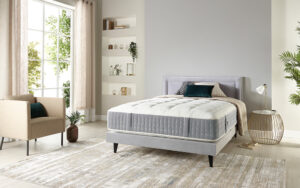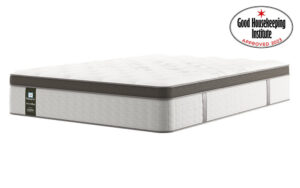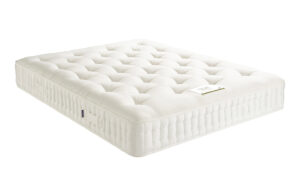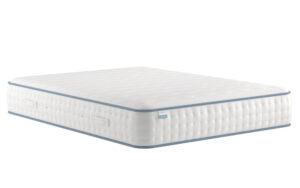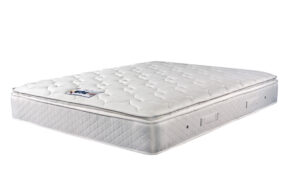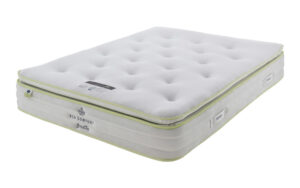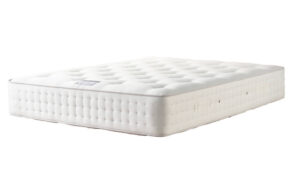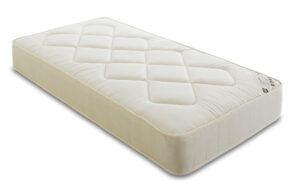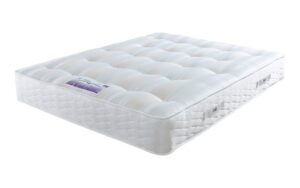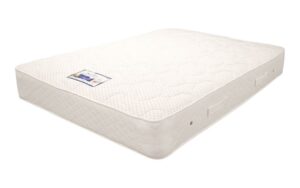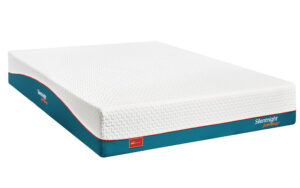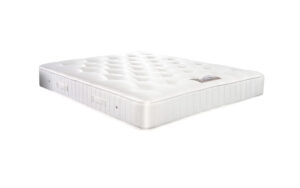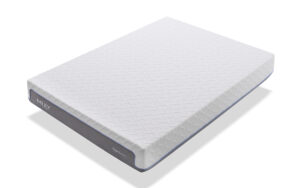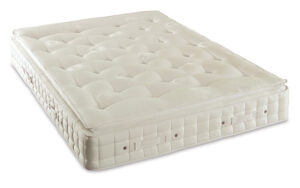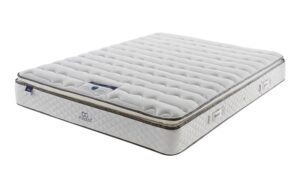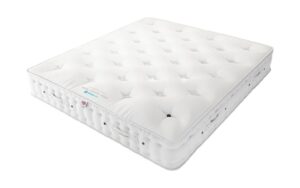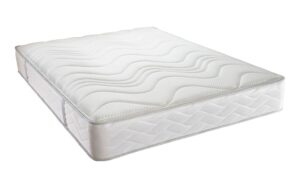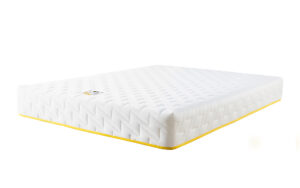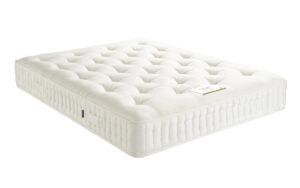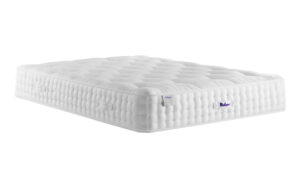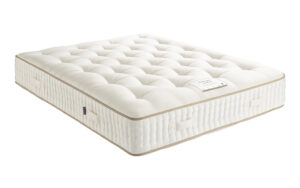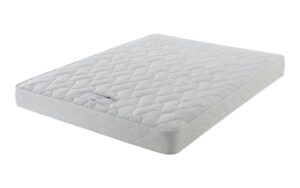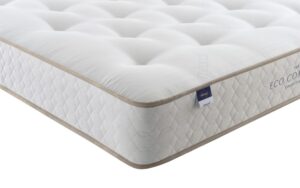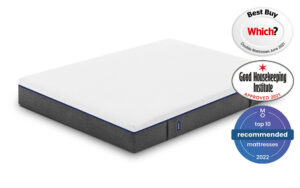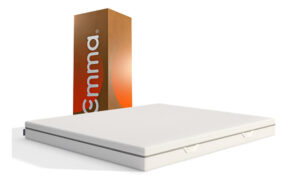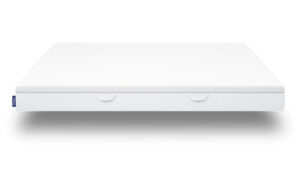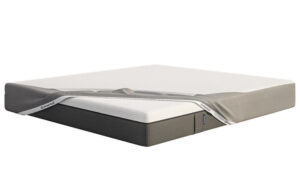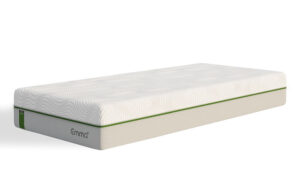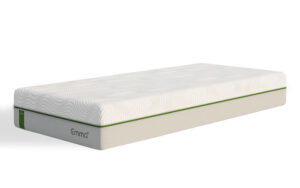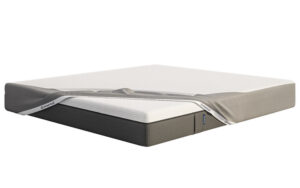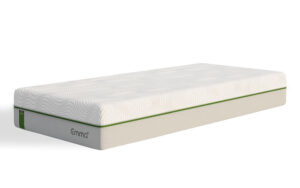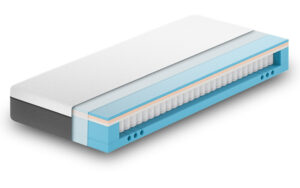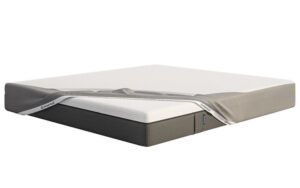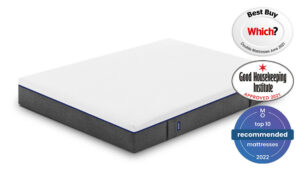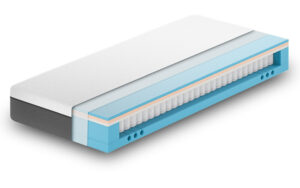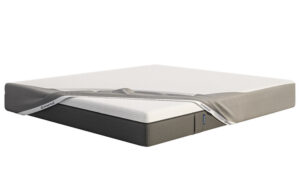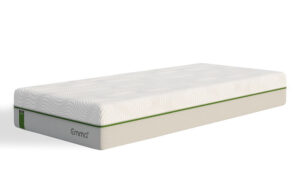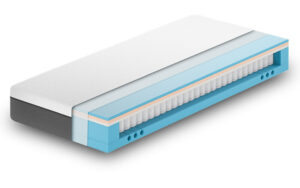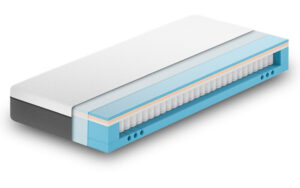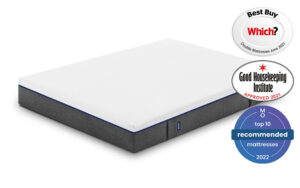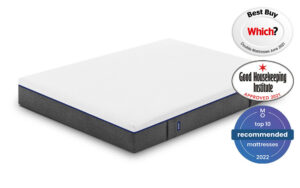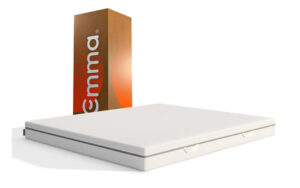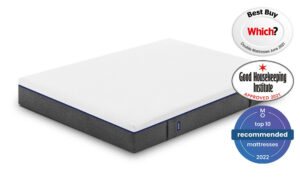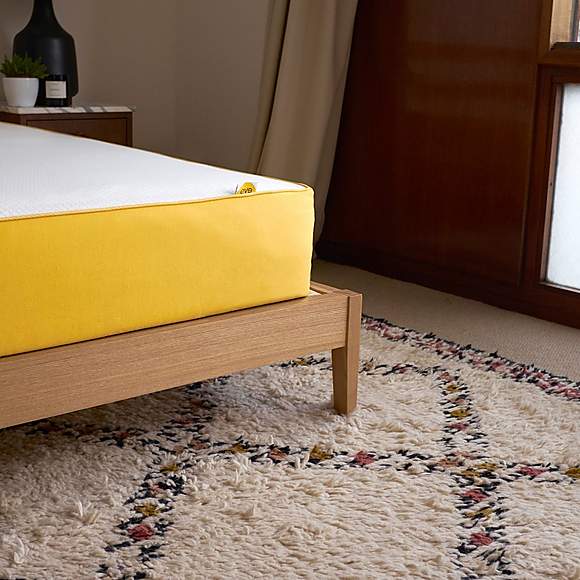
Maintaining the cleanliness of your mattress is a crucial yet frequently neglected aspect of sustaining a hygienic sleep environment. Regular cleaning not only eliminates dust, allergens, and bacteria, but it also prevents more severe issues like mould formation and unpleasant odours. Both routine upkeep and targeted treatments for issues like stains, smells, or pests are essential for a healthy mattress.
Considering that a mattress is a significant investment, its longevity is essential, and knowing how to properly clean it is part of that. Whether it’s dust mites, shed skin, grime, or miscellaneous debris, all mattresses accumulate materials that require periodic cleaning. This is especially true if you’re an allergy sufferer, have pets, or enjoy late-night snacking in bed.
Fortunately, the process of cleaning a mattress is less daunting than it may initially seem. Below are the nine uncomplicated steps that will assist you in keeping your mattress in prime condition for countless restful nights.
- Compile Your Cleaning Essentials
For a thorough mattress cleaning, ensure you have the following items:
- A vacuum cleaner equipped with an upholstery attachment
- An enzyme-based cleaner or dish soap for stain removal
- Laundry soap
- Baking soda
- Clean cloths
- Cold water
King Size Mattress Sale
-
- Sale!
- King Size Mattress
Harrison Spinks Quilted Fusion 12000 Pocket Mattress, King Size
-
£2,079.00£1,419.95 - More Info
-
- Sale!
- King Size Mattress, Sealy Mattress
Sealy Posturepedic Elevate Ultra Performance Gel Mattress, King Size
-
£2,999.00£2,459.00 - More Info
-
- Sale!
- King Size Mattress
Harrison Spinks Levisham 3750 Pocket Mattress, King Size
-
£1,319.00£939.95 - More Info
-
- Sale!
- King Size Mattress
Dunlopillo Elite Luxury 1750 Pocket Mattress, King Size
-
£3,099.00£2,244.95 - More Info
-
- Sale!
- King Size Mattress, Relyon Mattresses
Relyon Prairie 1000 Pocket Mattress, King Size
-
£856.00£639.95 - More Info
-
- Sale!
- King Size Mattress
Mlily Bamboo+ Memory 800 Pocket Mattress, King Size
-
£769.00£760.00 - More Info
-
- Sale!
- Hypnos Mattress, King Size Mattress
Hypnos Henley Pillow Top Supreme Mattress, King Size
-
£1,920.00£1,439.00 - More Info
-
- Sale!
- King Size Mattress
Millbrook Wool Luxury 4000 Pocket Mattress, European King Size
-
£1,659.00£954.95 - More Info
-
- Sale!
- King Size Mattress, Relyon Mattresses
Relyon Bee Calm 1100 Pocket Memory Mattress, King Size
-
£779.00£464.95 - More Info
-
- Sale!
- King Size Mattress
Harrison Spinks Saltaire 10750 Pocket Mattress, King Size
-
£2,599.00£2,339.00 - More Info
-
- Sale!
- King Size Mattress
Layezee Comfort Microquilt Mattress, King Size
-
£261.00£219.95 - More Info
Great Alternatives to Dreams, Marks and Spencer or NEXT King Size Mattresses
View More King Size Mattress >>Here, Fabulous Options To Dreams King Size Mattresses, Marks and Spencer or NEXT Mattress Sale.
- Remove Bedding and Wash
Start by taking off all sheets, pillowcases, and mattress protectors, then launder them in hot water to eliminate dust mites. Check the care labels on your pillows to see if they can be machine-washed as well.
- Vacuum the Mattress
Attach the upholstery tool to your vacuum cleaner and meticulously vacuum the entire mattress surface, focusing on seams and crevices. Use the crevice tool for corners and hard-to-reach spots to remove hidden dust and dirt.
- Tackle Stains with Caution
For stain removal, it’s important to avoid soaking the mattress or applying any liquids directly. Many mattresses, such as those made from memory foam, should not get wet. Therefore, employ a less-is-more approach.
Use an enzyme-based cleaner for biological stains like blood or urine. Apply the cleaner to a clean, white cloth and dab the stained area gently. Rinse by blotting with another clean cloth soaked in cold water. Alternatively, you can create a DIY cleaner by mixing water and dish soap, using only the foam on the stain, or use a 50/50 solution of cold water and hydrogen peroxide.
- Apply Baking Soda Generously
If airing your mattress outdoors isn’t an option, baking soda is an excellent alternative. Liberally spread it across the mattress and let it sit for several hours or overnight if possible. Baking soda neutralizes acids and absorbs moisture and odours. For better results, keep the windows open to let in sunlight, which also helps kill bacteria and mould.
- Vacuum Again
Once the baking soda has had time to work, vacuum the mattress again to remove it. If you have a fabric headboard, consider vacuuming that as well for a completely refreshed sleep setting.
- Flip and Repeat
Turn the mattress over and reiterate steps 1-5 to ensure both sides are equally cleaned. While conventional wisdom suggests flipping your mattress every three months, this largely applies to spring mattresses. For more specialized mattresses, consult the manufacturer for flip frequency to prolong its life.
- Mattress Protection
After ensuring your mattress is dry, cover it with a mattress protector to safeguard against future stains, spills, and other unpleasant experiences, like bed bugs.
- Maintain a Dust-Free Zone
Regularly washed fitted sheets and clean surroundings will protect the mattress from dust. For those with allergies or asthma, consider using a mattress encasement to prevent dust mites from settling in.
Cleaning your mattress is not only essential for hygiene but also extends its lifespan. However, if you find your mattress sagging or you wake up with body pain after about eight years of use, it might be time for a replacement.
Emma Mattress Sale
-
- Sale!
- Emma Mattress, Emma Original Mattress, King Size Mattress
Emma Original Mattress, King Size
-
£536.25£519.95 - More Info
-
- Sale!
- Emma Mattress, Emma One Foam Mattress, Small Double Mattress
Emma One Foam Mattress, Small Double
-
£329.00£254.40 - More Info
-
- Sale!
- Emma Mattress, Emma One Foam Mattress, Superking Mattress
Emma One Foam Mattress, Superking
-
£449.00£359.40 - More Info
-
- Sale!
- Emma Mattress, Mattress Protectors
Emma Mattress Protector, Double
-
£99.00£69.95 - More Info
-
- Sale!
- Emma Mattress, Superking Mattress
Emma Smart Hybrid Mattress, Superking
-
£1,499.00£899.00 - More Info
-
- Sale!
- Double Mattresses, Emma Mattress
Emma Smart Hybrid Mattress, Double
-
£1,119.00£669.00 - More Info
-
- Sale!
- Emma Mattress, Mattress Protectors
Emma Mattress Protector, Small Double
-
£89.00£69.95 - More Info
-
- Sale!
- Emma Mattress, King Size Mattress
Emma Smart Hybrid Mattress, King Size
-
£1,249.00£749.00 - More Info
-
- Sale!
- Emma Mattress, Emma Premium Mattress, Superking Mattress
Emma Premium Mattress, Superking
-
£1,449.00£709.95 - More Info
-
- Sale!
- Emma Mattress, Mattress Protectors
Emma Mattress Protector, King Size
-
£109.00£79.95 - More Info
-
- Sale!
- Emma Mattress, Emma Original Mattress, Single Mattresses
Emma Original Mattress, Single
-
£311.25£309.95 - More Info
-
- Sale!
- Emma Mattress, Emma Premium Mattress, Single Mattresses
Emma Premium Mattress, Single
-
£799.00£394.95 - More Info
-
- Sale!
- Emma Mattress, Mattress Protectors
Emma Mattress Protector, Single
-
£79.00£59.95 - More Info
-
- Sale!
- Emma Mattress, Single Mattresses
Emma Smart Hybrid Mattress, Single
-
£869.00£519.00 - More Info
-
- Sale!
- Emma Mattress, Emma Premium Mattress, Small Double Mattress
Emma Premium Mattress, Small Double
-
£949.00£464.95 - More Info
-
- Sale!
- Double Mattresses, Emma Mattress, Emma Premium Mattress
Emma Premium Mattress, Double
-
£1,098.90£539.95 - More Info
-
- Sale!
- Emma Mattress, Emma Original Mattress, Small Double Mattress
Emma Original Mattress, Small Double
-
£436.25£434.95 - More Info
-
- Sale!
- Emma Mattress, Emma Original Mattress, Superking Mattress
Emma Original Mattress, Superking
-
£623.75£599.95 - More Info
-
- Sale!
- Emma Mattress, Emma One Foam Mattress, King Size Mattress
Emma One Foam Mattress, King Size
-
£399.00£309.40 - More Info
-
- Sale!
- Double Mattresses, Emma Mattress, Emma Original Mattress
Emma Original Mattress, Double
-
£473.75£459.95 - More Info
View More Emma Mattress here>>, Emma Original Mattress & Emma Premium Mattress
>>> Read Emma Original Mattress Review
